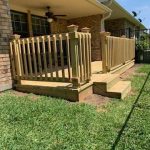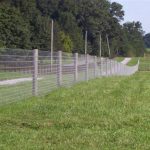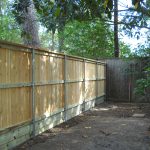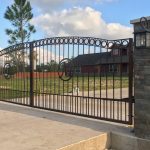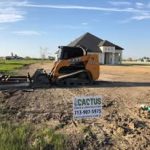Explore how we build high-quality fences in Manvel from the ground up. This video highlights our craftsmanship, tools, and professional process in action.
Glossary of Fence Terms
# Glossary of Fence Terms for Cactus Fence and Construction
A
Aluminum Fence: A lightweight, durable fencing material that is rust-resistant and often used for decorative purposes or pool enclosures.
Anchor Post: A post that supports the ends of a fence run, providing stability and strength to the structure.
B
Board Fence: A style of fence made from wooden boards, typically installed vertically and used for both decorative and boundary purposes.
Bottom Rail: The horizontal component at the bottom of a fence panel that provides support and stability to the structure.
C
Chain Link Fence: A type of fence made from interwoven steel wire, known for its durability and affordability, commonly used for security and containment.
Cap: A protective cover placed on top of fence posts to prevent water from entering and to enhance the aesthetic appeal of the fence.
D
Decorative Fence: Fencing designed primarily for aesthetic purposes rather than security, often featuring unique designs and materials.
Dog Ear: A style of wood fence where the corners of the pickets are cut at an angle, giving a rounded appearance.
E
End Post: A post located at the end of a fence run, providing support for the fence line.
Electric Fence: A type of fencing that uses electric shocks to deter animals or intruders, often used in agricultural settings.
F
Fence Panel: A pre-assembled section of fencing that can be connected to posts to create a fence line.
Fence Post: Vertical posts that support the fence panels and provide the structural framework for the fence.
G
Gates: Movable barriers that allow entry and exit through a fence, available in various styles and sizes.
H
Height: The measurement of a fence from the ground to the top, which can affect both aesthetics and security.
Horizontal Fence: A fencing style where the boards are installed horizontally, providing a modern look and unique design.
I
Infill: Materials used to fill the spaces between fence posts, which can include wood, wire, or other materials.
J
Joinery: The method used to connect different sections or components of a fence, including various types of joints and fasteners.
K
Knot: A natural imperfection in wood that occurs when a branch grows from the trunk, sometimes affecting the strength and appearance of wooden fences.
L
Lattice: A decorative framework of crossed wooden strips, often used on top of fences for added privacy and visual interest.
M
Metal Fence: A durable and low-maintenance fencing option made from materials such as wrought iron, aluminum, or steel.
N
Nail: A fastener used to attach fence boards to the posts or rails, available in various sizes and materials.
O
Overlay Fence: A type of fence that features an additional layer of materials on top of the primary structure, often for decorative purposes.
P
Privacy Fence: A tall fence designed to provide maximum privacy, usually with closely spaced boards or panels.
Post Hole: The hole dug in the ground to set a fence post, typically filled with concrete for stability.
Q
Quality Grade: Refers to the classification of materials based on their quality, durability, and appearance, affecting the overall longevity of the fence.
R
Rail: Horizontal components of a fence that connect the vertical posts and provide structural support.
Rust: The corrosion of metal materials, often a concern for chain link and other metal fences if not properly maintained.
S
Slat Fence: A type of fence made from vertical slats spaced apart to allow visibility while providing some level of privacy.
Stockade Fence: A wooden fence made from closely spaced vertical boards, designed for privacy and security.
T
Top Rail: The horizontal component at the top of a fence panel, providing stability and a finished look.
U
Underpinning: The process of reinforcing the foundation or base of a fence, particularly important in areas with unstable soil.
V
Vinyl Fence: A low-maintenance fencing option made from PVC, available in various colors and styles, known for its durability.
W
Wood Fence: A traditional fencing option made from timber, valued for its natural appearance and versatility.
X
X-Brace: A diagonal bracing used in wooden fences to provide extra support and prevent sagging.
Y
Yard Fence: A general term for any fencing that encloses a yard or garden area.
Z
Zoning Regulations: Local laws that dictate the height, type, and location of fences, which must be adhered to when installing a new fence.
—
We hope this glossary serves as a valuable resource for you! At Cactus Fence and Construction, we are dedicated to providing high-quality fencing solutions tailored to your needs. For any questions or to discuss your fencing project, don’t hesitate to reach out to us!
Residential Fencing & Commercial Fencing

Recent Posts
Get a behind-the-scenes look at how Cactus Fence quickly and reliably repairs fences across Manvel. Perfect for homeowners dealing with storm or age damage.
Wondering which fence type handles Manvel’s heat and storms best? This video breaks down top materials and designs for long-lasting durability.


